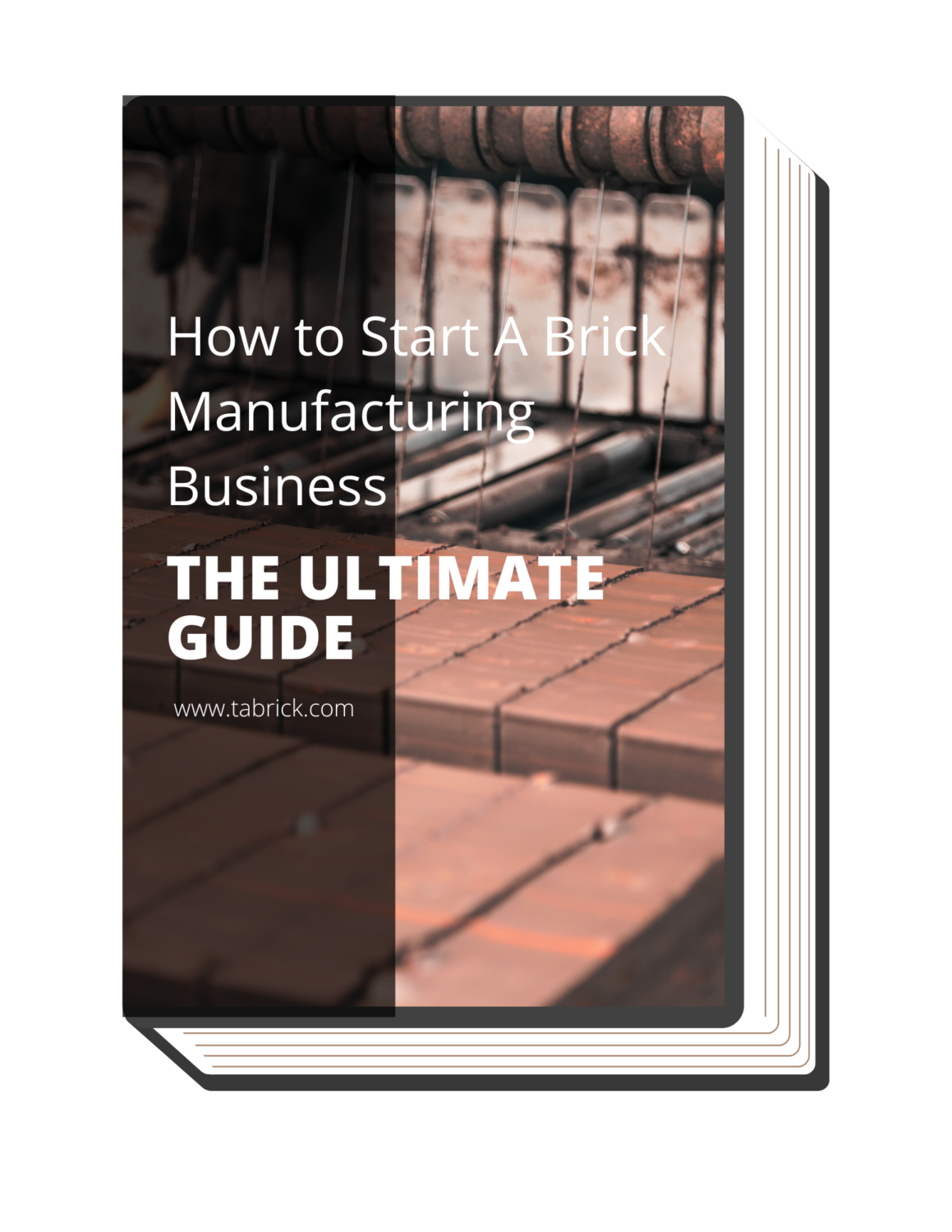In the bustling world of construction, color paver blocks are transforming landscapes everywhere, from residential driveways to sprawling commercial parking lots. But as this demand surges, the challenge lies in producing high-quality, consistent blocks swiftly and efficiently.
That’s where the paver block making machines step in, revolutionizing the industry. In this comprehensive guide, I’ll break down the intricacies of these machines, their components, and the manufacturing process itself. Whether you’re a business owner looking to venture into the paver block industry or an existing player aiming to optimize your production line, this blog post promises to be an enlightening journey.
Let’s dive into the colorful world of paver blocks.
1. Introduction to Paver Blocks
Paver blocks, a fundamental part of our built environment, have a story as rich and varied as their numerous applications. Let’s delve into what they are, their uses, and the pivotal role color plays in their appeal.
What Are Paver Blocks?
Paver blocks, interchangeably known as paving stones, are durable and versatile construction materials specifically designed for outdoor flooring. Crafted from an array of materials including concrete, clay, and natural stone, these blocks are appreciated for their long-lasting nature and aesthetic versatility.
Uses and Applications of Paver Blocks
Paver blocks are widely used in both residential and commercial settings. From creating driveways, patios, and pool decks to laying out pedestrian sidewalks and parking lots, these blocks offer a robust solution to a variety of construction needs. Their resilience to bear heavy loads without compromising their form or function makes them a preferred choice for many.
The Importance of Color in Paver Blocks
Color significantly contributes to the aesthetic appeal of paver blocks. With a wide range of hues available, from subtle earth tones to bold, vibrant shades, trust me, color can elevate the visual impact of a construction project, complementing its surroundings or creating a striking contrast.
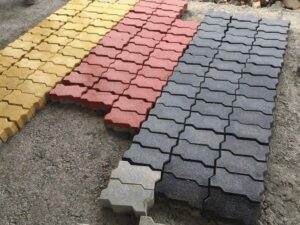
2. The Rise of Paver Block Making Machines
The advancement of technology and the march towards automation has left no industry untouched, and paver block manufacturing is no exception. Here, let’s take a closer look at how these machines have transformed the industry.
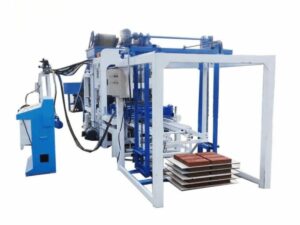
The Evolution of Paver Block Manufacturing
Once upon a time, manufacturing paver blocks used to be a real slog, taking up valuable time and energy. But then, thank goodness, along came those incredible paver block-making machines, transforming everything and making our lives so much easier with their remarkable efficiency and productivity enhancements.
The Role of Automation in Paver Block Production
Automation has played a transformative role in paver block production. Machines provide unmatched consistency in size, shape, and color of the blocks, ensuring high-quality products. For instance, automated machines enhance production speed and reduce human error, resulting in cost and time savings.
3. Types of Color Paver Block Making Machines
As the demand for paver blocks increases, so does the variety of machines designed to produce them. Let’s explore some of the common types used in the industry.
Semi-Automatic Machines
Semi-automatic paver block making machines are a cost-effective option for businesses. They require some manual intervention but significantly reduce the labor involved in the production process. They strike a balance between efficiency and affordability.
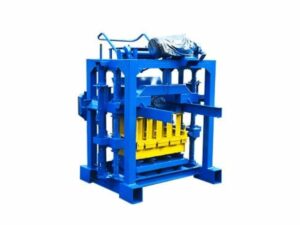
Fully-Automatic Machines
At Tabrick, our fully-automatic machines take automation to the next levell, making us one of the leading fly ash brick machine manufacturers. They handle the entire production process, from mixing to demoulding, without the need for manual intervention. Based from my experience, these machines are an ideal choice for large-scale operations aiming for high production volumes and consistency.
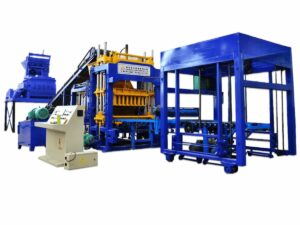
Hydraulic Machines
Hydraulic paver block making machines use hydraulic pressure to shape and mold the blocks. They are known for producing blocks with superior strength and durability. These machines are often used for heavy-duty applications.
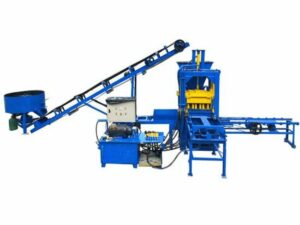
Vibrating Machines
Vibrating machines use mechanical vibrations to compact the block material into the mould. This results in paver blocks with high density and strength. Vibrating machines are often combined with hydraulic systems for enhanced block quality.
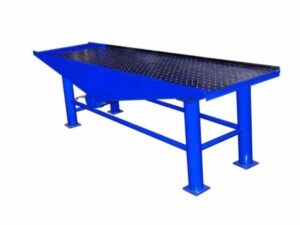
4. Components of Color Paver Block Making Machines
Understanding the mechanics of paver block making machines involves getting acquainted with their key components. Here are some of its components:
Hopper
The hopper is the starting point of the paver block making process. This component is where the raw materials, typically a mixture of cement, aggregate, and color pigment, are introduced. Hoppers come in various sizes, and their design ensures that the materials are dispensed into the machine in a controlled and consistent manner.
Mould
The mould is an integral part of the machine that gives the paver block its specific shape and size. Moulds are designed to be highly durable, given the pressure they endure during the manufacturing process. They come in different designs, allowing for the production of a wide variety of paver blocks, from interlocking ones for driveways and sidewalks to ornamental designs for patios and gardens.
Conveyor Belt
The conveyor belt serves as the transport system within the machine. Once the raw materials are mixed and moulded, the conveyor belt moves the blocks to the next stage. It ensures a smooth and continuous flow of production. The good news is it reduces the time between different manufacturing stages and enhances the overall efficiency of the machine.
Vibrating Table
The vibrating table is where the compaction of the blocks takes place. As the name suggests, it vibrates the block mixture in the mould, helping to compact the material and remove any trapped air. This process results in high-density, sturdy paver blocks that can withstand heavy loads and adverse weather conditions.
Control Panel
The control panel is the machine’s brain. It allows operators to control the entire production process, from adjusting the machine’s speed and vibration intensity to changing the block’s shape and size by switching moulds. With advancements in technology, many control panels now feature digital interfaces, enabling more precise and efficient operations.
5. Manufacturing Process of Color Paver Blocks
The creation of color paver blocks is a multi-step process that relies heavily on precision and timing. Let’s walk through these steps:
Step#1 Mixing
The manufacturing process kicks off with the careful blending of raw materials. The exact composition of the mix is closely monitored and altered based on the desired properties of the paver blocks. The typical ingredients include cement, which acts as a binder, aggregate for bulk and strength, and color pigments to impart the desired hue to the blocks.
Step#2 Moulding
The next step involves feeding the mixed material into the moulding machine. This machine has a mould that is shaped into the desired form of the paver block. The moulding process often employs high pressure to compact the materials, using either a hydraulic press or a vibrating machine, or sometimes a combination of both.
Step#3 Curing
The moulded blocks are then left to cure. Curing is a vital stage where the blocks are maintained in a specific environment with controlled temperature and humidity. According to Civil Read, to complete the hydration process, concrete is kept moist to attain the maximum strength of concrete as soon as possible.
Step#4 Demoulding
Once the blocks have sufficiently cured, they undergo the process of demoulding. The problem is that this is a delicate operation that involves removing the blocks from the mould without causing any damage to their structure or appearance. Demoulding requires a skilled operator to ensure that the blocks are not chipped, cracked, or discolored during removal.
Step#5 Finishing
The final stage in the manufacturing process is the finishing. Here, the blocks undergo a thorough inspection for any defects. This may include structural weaknesses, inconsistencies in color, and irregularities in shape or size. Any blocks that do not meet the stringent quality standards are either corrected or discarded.
6. Applications of Color Paver Blocks
Color paver blocks have a wide array of applications, each showcasing their functionality and aesthetic appeal. Let’s take a look at some common uses.
Residential Driveways and Walkways
Color paver blocks are popular in residential settings for creating appealing and durable driveways and walkways. Their variety in color, shape, and pattern allows homeowners to customize their outdoor spaces to their preference.
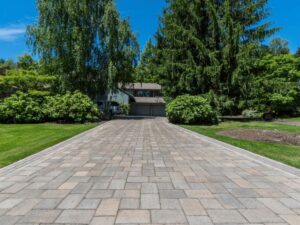
Commercial Parking Lots
In commercial settings, color paver blocks are a reliable and visually appealing choice for constructing parking lots. Their high load-bearing capacity and durability make them suitable for areas with high vehicular traffic, while their color variety can be used to demarcate different parking zones.
In commercial parking lots, color paver blocks offer several advantages. Here’s an example highlighting their benefits:
- Durability and Load-Bearing Capacity: Color paver blocks used in commercial parking lots are known for their exceptional strength and durability.
- Visual Appeal: The availability of color options allows for creative and visually appealing parking lot designs.
- Safety and Accessibility: By using color paver blocks, commercial parking lots can enhance safety and accessibility.
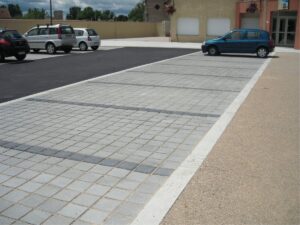
Public Parks and Sidewalks
Public parks and sidewalks also make use of these versatile blocks. The blocks’ durability and resistance to weather changes make them an excellent choice for public infrastructures. Their availability in various colors and designs helps in creating visually pleasing and safe environments for pedestrians.
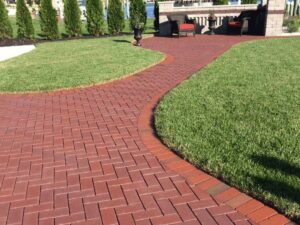
Landscaping Projects
Landscapers often turn to color paver blocks for their projects. These blocks can be used to create beautiful garden paths, patios, and even decorative elements like garden walls. I know you will agree with me when I say that the wide array of colors and patterns available in these blocks allows for endless design possibilities.
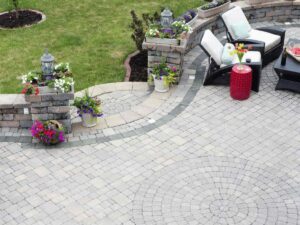
7. 5 Factors To Consider When Choosing a Color Paver Block Making Machine
Investing in a color paver block making machine is a significant decision that requires careful consideration. Here are five crucial factors to keep in mind.
#1 Production Capacity
The first factor to consider is the machine’s production capacity. It’s crucial that the machine you choose aligns with your business’s production needs and the projected demand for your products. To determine the right capacity, I suggest that you need to evaluate your current and future demand, and choose a machine that can comfortably meet this without being overworked.
The following table provides an overview of different paver block making machine models, including their production capacities per hour and power requirements.
| Machine Model |
Production Capacity (per hour) |
Power Requirement |
| PaverMaker 500 |
500-700 paver blocks |
15 kW |
| PaverMaker 800 |
800-1,000 paver blocks |
18 kW |
| PaverMaker 1200 |
1,200-1,500 paver blocks |
22 kW |
| PaverMaker 1800 |
1,800-2,200 paver blocks |
25 kW |
| PaverMaker 2500 |
2,500-3,000 paver blocks |
30 kW |
#2 Machine Size and Weight
The size and weight of the machines like interlock brick machine, are also important considerations. The machine needs to fit within your available space without hindering its operation or the workflow of your facility. Consider the machine’s footprint, and ensure that your facility has enough room for it to operate efficiently.
#3 Power Consumption
According to PennState, the operating cost required to produce each MWh of electric energy is referred to as the marginal cost. Machines that consume a lot of power will lead to higher electricity bills, which can significantly affect your profit margins. Furthermore, high energy consumption can also contribute to a larger carbon footprint.
#4 Customization Options
In today’s competitive market, the ability to produce different types of blocks can give your business a significant advantage. At Tabrick, our machines offer various mould options. This will allow you to customize the shape, size, and pattern of your paver blocks, giving you the flexibility to cater to a wider range of customer needs and preferences.
#5 Price and Availability
Take into account the cost of the machine and its availability, similar to when considering a fly ash brick machine. Remember, the most expensive machine isn’t necessarily the best choice for your business. Instead, you should weigh the machine’s features and benefits against its cost to make an informed decision.
Dive Deeper Into Our Resources
Looking for more diverse product options? Browse through our handpicked selections:
For some insightful reads, we’ve curated a list of recommended articles just for you:
Still haven’t found what you’re looking for? Don’t hesitate to contact us. We’re available around the clock to assist you.
Conclusion
In the ever-evolving world of construction, color paver block making machines have carved a niche for themselves. They promise efficiency, versatility, and quality – key factors for any business aiming for success in the paver block industry. As someone who’s navigated this industry for years, I can personally attest to the transformative impact of having the right equipment.
If you’re considering investing in a paver block making machine, Tabrick, a leading permeable brick machine manufacturer in China, offers a comprehensive range of solutions tailored to your specific needs. Contact us to explore the best options for your business.










